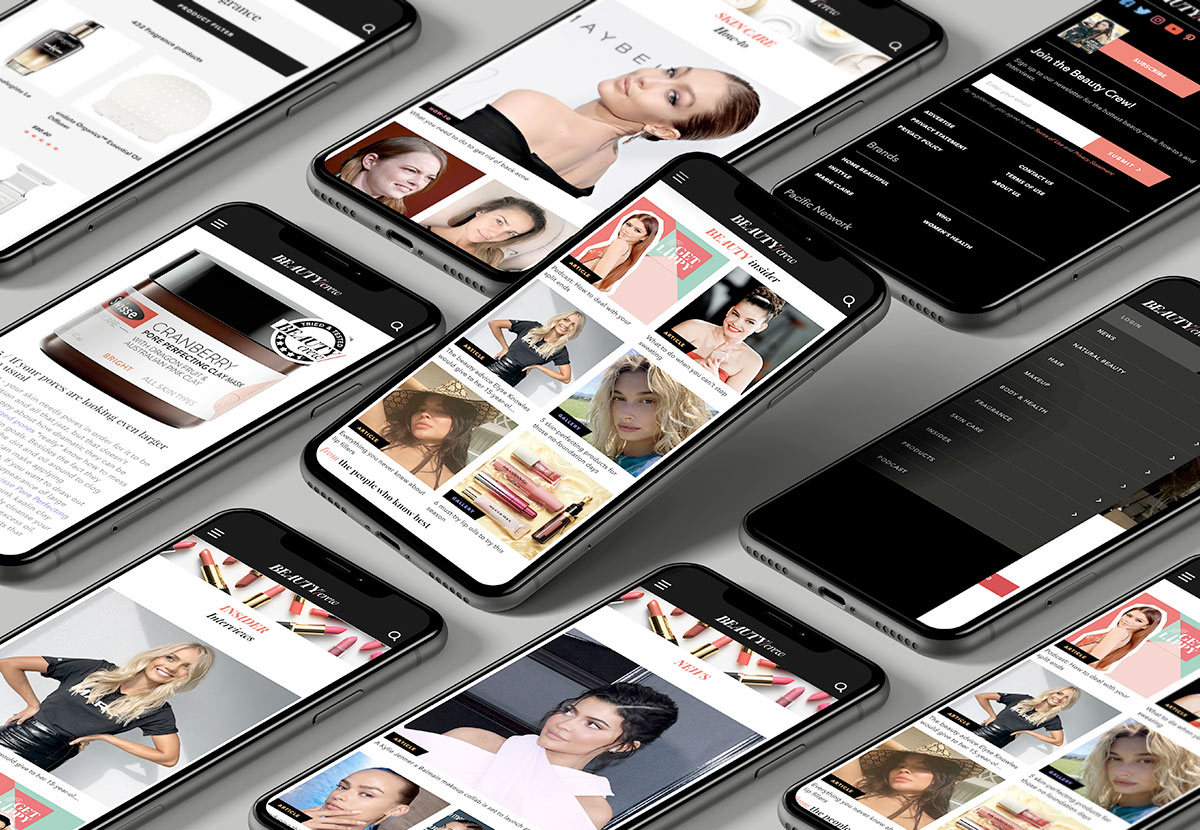
85% of videos are watched on mute—here’s how to still make noise.
Welcome to the mute generation.
It’s 2025, and silent scrolling is the default. Whether it’s on LinkedIn during lunch, Instagram during a commute, or YouTube during a meeting break (we see you), most people are watching—but not listening. In fact, a staggering 85% of videos are watched with the sound off, especially on mobile devices.
So what does that mean for tech marketers and content creators?
It means voiceovers alone won’t carry your message. If your video can’t communicate clearly without sound, you’re losing out on attention, retention, and results.
Let’s break down why captions and visuals have become the unsung heroes of video marketing—and how to make them work harder for your tech brand.
Why Videos Are Being Watched on Mute
We’re living in a visually-driven, always-scrolling world. Here’s why silent video consumption is exploding:
Default mute settings on platforms like Facebook, LinkedIn, and Instagram
Public viewing habits (offices, public transport, waiting rooms)
User preference—many viewers simply prefer quiet browsing
Speed—people skim quickly, and subtitles make that possible
The result? Videos that depend on voiceovers are now background noise—literally.
Captions: The Conversion Powerhouse You’re Probably Underusing

Captions aren’t just about accessibility (though that’s important too)—they’re about performance.
Captions Increase:
Watch time: Viewers stick around longer when they can read along
Comprehension: Complex tech concepts land better with visual reinforcement
Engagement: Videos with captions are more likely to be liked, shared, and saved
Searchability: Captions contribute to SEO and platform-level discoverability
And yes—captions shouldn’t just be autogenerated. Custom captions let you add personality, humor, and emphasis in ways voice alone can’t.
Visual Storytelling: Design That Speaks Louder Than Words
If your video looks good but can’t speak for itself, it’s underperforming. Here's how to visually “talk” without relying on sound:
🔹 Use Bold, On-Screen Text
Call out key stats, pain points, or product features as bold headlines within the video. Make it skimmable and impactful.
🔹 Incorporate Dynamic Animations
Smooth transitions, UI walkthroughs, and animated flows can replace lengthy audio explanations.
🔹 Let Icons and Symbols Do the Talking
When you're explaining software, dashboards, or tech processes, a well-placed icon or visual cue can communicate faster than a full sentence.
🔹 Add Visual Hierarchy
Use size, color, and placement to guide the viewer’s eye—just like a good UX designer would.
Case Study: The Silent Success of Lo-Fi Product Videos
Some of the most successful B2B tech brands today are leaning into caption-first, sound-optional content. Their formula?
A hook in the first 3 seconds
On-screen text that leads the narrative
Clear, fast-moving visuals that show product functionality
Subtle branding and strategic CTAs
These videos don’t ask the viewer to listen—they invite them to engage.
Final Thoughts: Design for Sound-Off, Reward with Sound-On

We’re not saying you should ditch voiceovers completely. But in 2025, you need to flip your priorities:
Design first for the sound-off experience, and then enhance for sound-on.
This strategy ensures that your content performs everywhere, anytime—from a crowded subway to a quiet office.
Call to Action:
Ready to create videos that make noise—even on mute? From branded motion graphics to caption-first storytelling, we help tech companies create scroll-stopping, sound-optional content that drives results.
Let’s chat.









